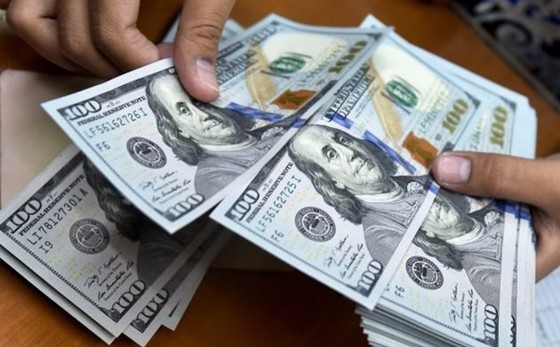 |
Statistics from the Ho Chi Minh City Branch of the Vietnam State Bank reveal that in 2018, 72 percent of the remittances entering the city was investments in manufacturing and trading activities, 22 percent in real estate purchasing, and the rest in relatives supporting.
In general, from 1991-2015, the total volume of remittance into Vietnam reached US$104.5 billion, only preceded by the Foreign Direct Investment (FDI) and much larger than the disbursed amount of Official Development Assistance (ODA) capital. Since 2019, the remittance quantity flowing into the country, in particular into HCMC, has seen a gradual rise. This year’s remittance amount into HCMC is expected to reach $6.8 billion (an increase of 3 percent compared to 2021 at $6.6 billion and 2020 at 6.1 billion).
Obviously, this has been a great source to boost the retail markets, which in turn creates more jobs and promotes economic development. The growing remittance flow can also increase deposits into and credit in financial institutes, fostering legal reforms in the financial field and the introduction of more practical policies to attract even more remittances.
In addition, this ‘golden’ remittance resource not only directly aids Vietnamese citizens via social welfare and charity programs but also helps to reduce the pressure on the foreign exchange market so that the Government can adopt policies on exchange rates, increase its foreign exchange reserve in order to stabilize the macro-economy as well as strengthening the national financial potential.
The prominent reason for this continuous growth of remittance into the nation is that when most countries show sign of economic recovery, Vietnamese laborers abroad are able to earn more money stably and have a surplus to help their relatives in Vietnam. Moreover, thanks to the safe macro-economy, improvements in the trading environment, legal reforms in the financial sector, and more attractive policies introduced by banks, overseas Vietnamese feel at ease sending money to their relatives in Vietnam for investment, manufacturing, and trading purposes.
It is worth mentioning the negative incident in 2007-2008, when the remittance flow mostly concentrated not on production or trading but on securities or real estate purchasing, creating an unwanted temporary pressure of inflation. What is more, if the remittance volume rises along with the increases of other cash flows, there might be bubbles in the finance, securities, and real estate fields, which in turn puts more pressure on the VND and reduces the export competitiveness of domestic products.
Therefore, even with the available advantages now, it is still necessary to adopt measures to increase the remittance attraction into HCMC next year, ranging from improving the investment environment, eliminating redundant administrative procedures, implementing policies to encourage more investments in manufacturing activities as well as the education and healthcare sectors.
A favorable business environment can no doubt raise investment efficiency and competitiveness of enterprises.
























